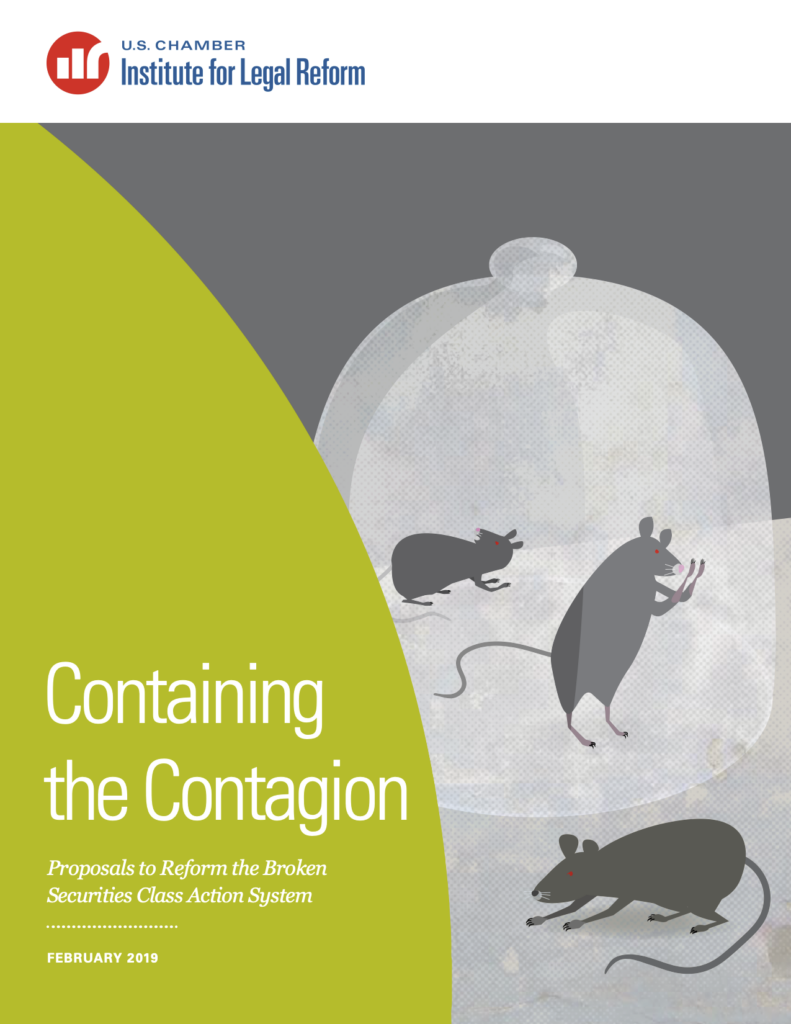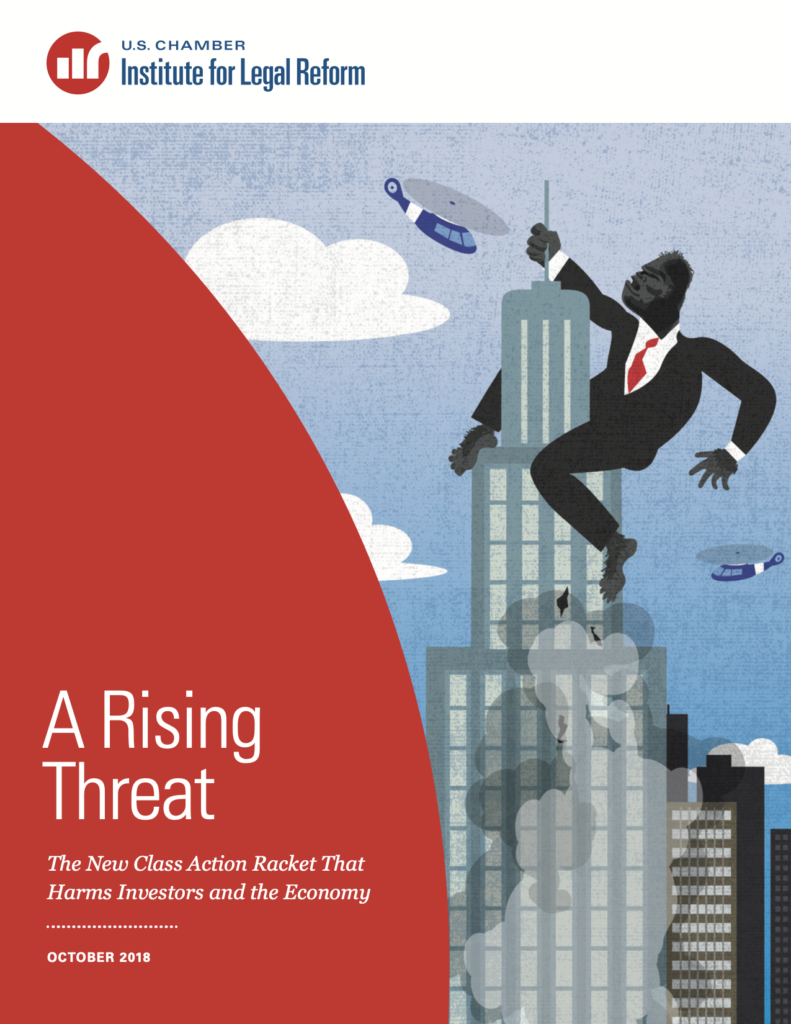The U.S. securities litigation system is being actively exploited by plaintiffs’ lawyers, who routinely force investors to pay hundreds of millions of dollars in unjustified litigation and settlement costs each year.
Sadly, this state of affairs is nothing new, as ILR documented most recently in 2020. The U.S. Supreme Court’s 2018 Cyan decision exacerbated the problem by permitting plaintiffs to litigate a significant category of federal securities class action cases—those asserting claims under the Securities Act of 1933 (1933 Act)—in state courts as well as in federal court.
As this report demonstrates, one result has been forum shopping on a broad scale. In the aftermath of Cyan, there has been a dramatic increase in the number of 1933 Act class actions filed in state courts, which traditionally have been more likely to allow weak claims to survive dismissal motions.
Another damaging consequence has been the rise of parallel filings. Unlike federal lawsuits with similar claims, there is no mechanism to consolidate similar claims filed in state and federal court or in different state courts. Plaintiffs’ lawyers increasingly file simultaneous, nearly identical 1933 Act class actions in state and federal court, multiplying litigation costs for defendant companies and creating additional settlement pressure. This is a major reason that the settlement rate for 1933 Act cases with parallel proceedings in both state and federal court is 82 percent, in contrast to 67 percent and 65 percent for cases filed only in state court and only in federal court, respectively.
Congress must act to end this clearly unfair and untenable dynamic.
First, as this report argues, Congress could simply close the Cyan loophole by requiring that all 1933 Act claims be brought in federal court. Alternatively, Congress could authorize the removal of 1933 Act class actions to federal court. Neither of these reforms would deprive any plaintiff of access to justice. They would simply eliminate an abusive dynamic that is costing companies hundreds of millions of dollars and clogging the courts with duplicative litigation.



